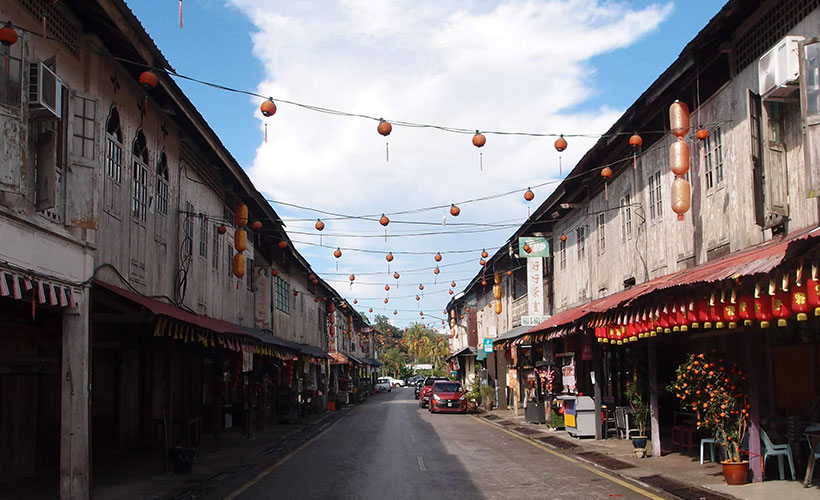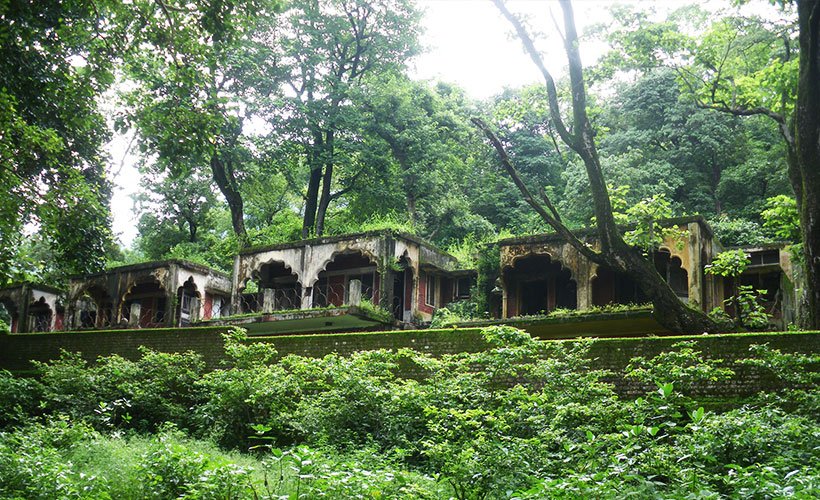
Upon first glance, Maharishi Mahesh Yogi’s Ashram isn’t very different from most other ashrams around it. Or rather, it wasn’t. This ashram was abandoned in 1997 and is mostly in a state of ruin today. Before that, it was possibly the most famous ashram in all of India and definitely put Rishikesh, and yoga, on the map. Oh, and it was all thanks to four British men who we know as The Beatles.
The Beatles met Maharishi Mahesh Yogi in London in 1967 and joined him for advanced yoga training at his ashram in Rishikesh in the following year. Some say that The Beatles’ stay here helped bring awareness of yoga to the western world. While undergoing training in transcendental meditation, The Beatles experienced a creativity boom. The fruit of this trip includes entire White Album, two songs for the Abbey Road album, and a few more tracks used for independent production.
Marching on
Fast forward to today. Maharishi Mahesh Yogi’s Ashram is situated in the Rajaji Tiger Reserve. It was taken over by the Indian government’s forest department in the early 2000s and reopened to tourists in 2015. Many refer to it now as the Beatles Ashram.
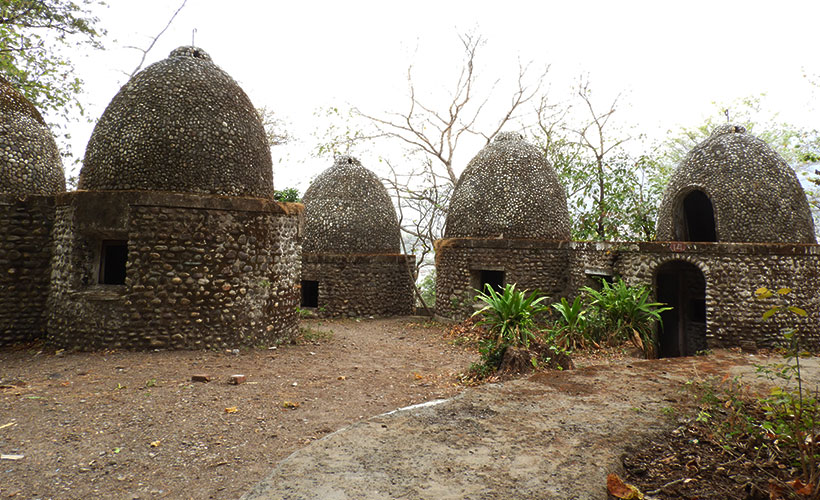
The ashram is also known by a different name – one not linked to any famous figure. To some, it’s known as 84 Kutir. Kutiyas are two-storeyed meditation huts covered in raw stones with a simple staircase that leads from the ground floor to the upper storey. This, however, is not where the ashram got its name from, as there are more than 100 of these hut-like structures.
There is, however, a building split into two corridors that contain 84 meditation rooms. These are called Chaurasi Kutiya. The meditation rooms are small, with one small window each. The 84 is symbolic and refers to the 84 basic yoga poses.
Are you a yoga enthusiast? Read all about this eye-opening experience at one of the region’s most famous studios:
My Yoga Barn Experience And Why You Should Do It Alone
Lay of the land
The ashram’s property is beautiful with lovely views of the mighty Ganges. You’ll even find an open-air Beatles Cathedral Gallery within the grounds. This used to be a large lecture hall but now displays murals, graffiti, and lyrics of the band’s songs painted by a group of artists.
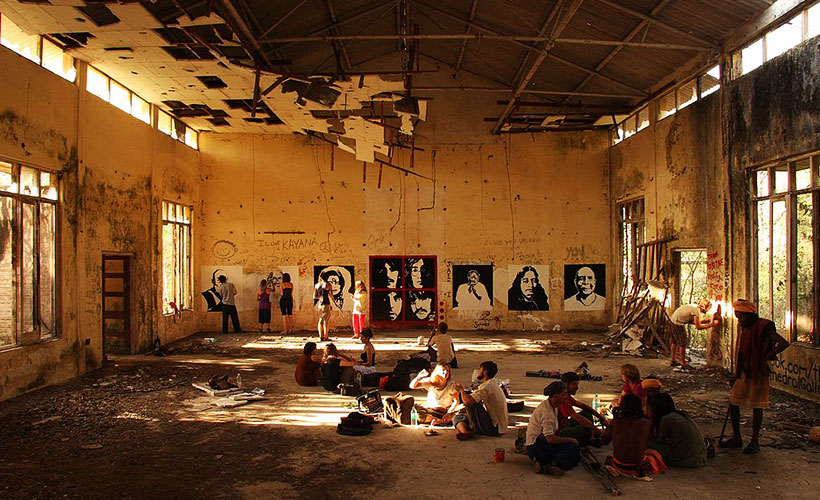
In the photo galleries of the front halls, there’s one dedicated entirely to The Beatles’ visit to the ashram. Information in this gallery explains that band members left one by one. Some couldn’t adjust to the spicy food, others had a difficult time dealing with the additional attention they were receiving, and others found that meditation was not for them. The two other photo galleries go into more detail about transcendental meditation, Maharishi Mahesh Yogi himself, and the wildlife that you can encounter in the Rajaji Tiger Reserve.
Amongst the ruins is a small temple dedicated to Lord Shiva that houses two Shivalingas and a Nandi. There is also a ruined kitchen said to have served up to 500 visitors to the ashram during its heyday.
A sign indicates the space where the ashram’s printing press once stood. It’s here where Maharishi Mahesh yogi printed the first copies of his book Science of Being and Art of Living and his commentaries on Srimad Bagwatam. Then, a walkway takes you through ruins of the lecture halls, one of them with a raised platform and windows looking out to the forest on both sides.
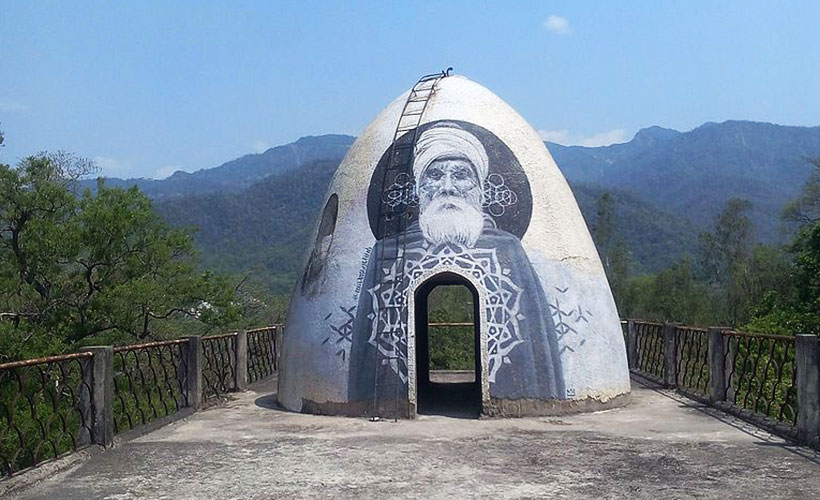
For accommodation, the Panchkuti guesthouses acted as the home away from home for international guests while The Beatles lived in the Saptapuri complex. The largest buildings on the property, called Anand Bhavan, are slightly pyramid-shaped and housed teacher trainees or advanced students. Maharishi Mahesh yogi’s home is located close to the Ganges. The house was large but plain.
As mentioned, The Beatles’ ashram helped to put Rishikesh on the map. Sadly, all that’s left of the ashram are ruins nearly reclaimed by the surrounding forest and the lingering resonance of an unexplainable and mystical energy that hangs in the air.


